Home>diy>Architecture & Design>Who Invented 3D Modeling
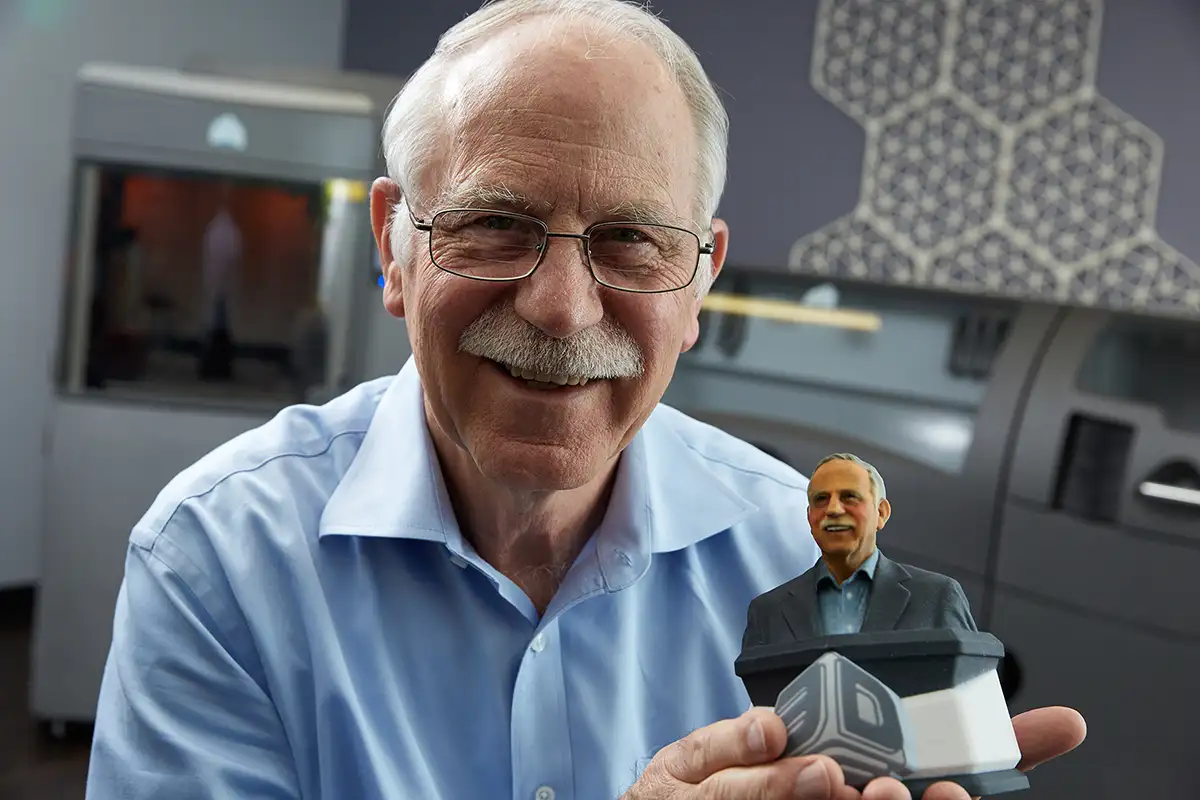

Architecture & Design
Who Invented 3D Modeling
Modified: October 20, 2024
Discover the fascinating history of 3D modeling in architecture and design. Explore the pioneering minds behind this innovative technology and its transformative impact.
(Many of the links in this article redirect to a specific reviewed product. Your purchase of these products through affiliate links helps to generate commission for Storables.com, at no extra cost. Learn more)
Introduction
From the bustling streets of ancient cities to the sleek designs of modern skyscrapers, architecture has always played a significant role in shaping our world. And at the heart of architectural design lies the art of 3D modeling. This innovative technique allows architects and designers to visualize their creations in a realistic and immersive way, bringing their ideas to life before they even break ground.
But have you ever wondered who pioneered this remarkable technology? Who were the ingenious minds behind the invention of 3D modeling? In this article, we will delve into the fascinating history of 3D modeling, exploring its early development, key players, and the advancements that have shaped it into the powerful tool it is today.
It’s important to note that 3D modeling is not a recent innovation; its roots can be traced back to the early days of computer graphics and the integration of mathematics and engineering principles. The journey of 3D modeling began long before the advent of advanced software tools that we use today.
So, let’s embark on this captivating journey through time to uncover the stories behind the invention of 3D modeling and the visionaries who paved the way for its evolution.
Key Takeaways:
- 3D modeling has a rich history dating back to the 1960s, with pioneers like Ivan Sutherland and the invention of the Sketchpad laying the groundwork for modern interactive computer graphics and revolutionizing the field of architecture.
- The introduction of AutoCAD by Autodesk in 1982 marked a significant turning point in the commercialization of 3D modeling, propelling the technology into various industries and forever changing the landscape of computer-aided design.
Read more: How Hard Is 3D Modeling
Early Development of 3D Modeling
The early development and exploration of 3D modeling can be traced back to the 1960s and 1970s when pioneers in the field of computer graphics sought to create virtual representations of objects and spaces. During this era, technological advancements in computer hardware and software laid the foundation for what would later become the field of 3D modeling.
One notable milestone in the early development of 3D modeling was the invention of the Sketchpad by Ivan Sutherland in 1963. The Sketchpad, a revolutionary computer graphics program, was the first system that allowed users to interact with a computer through a graphical user interface. It enabled users to create and manipulate geometric shapes in a virtual environment, a groundbreaking concept that served as a precursor to modern 3D modeling.
Another significant contribution to the early development of 3D modeling came in the form of algorithms and mathematical principles. Researchers and mathematicians, such as Pierre Bézier and Paul de Casteljau, introduced the concept of curve and surface representation through mathematical formulas. These techniques formed the basis for creating smooth and realistic shapes in 3D models.
As computing power increased and hardware capabilities improved, the field of 3D modeling began to evolve rapidly. In the 1970s, pioneers like Ed Catmull and Fred Parke pushed the boundaries of computer graphics by developing advancements in rendering techniques and creating lifelike animations and simulations.
In parallel, the field of architecture started embracing these emerging technologies. Architects recognized the potential of 3D modeling to aid in the design process, allowing them to create virtual prototypes and explore various design iterations more efficiently. Companies like Lockheed Martin and Boeing also adopted 3D modeling to aid in the development of complex aerospace designs.
By the 1980s, 3D modeling had transitioned from being purely a research endeavor to a commercially available technology. One of the game-changing milestones in the commercialization of 3D modeling was the introduction of AutoCAD by Autodesk in 1982. AutoCAD became the industry standard for computer-aided design (CAD), providing architects, engineers, and designers with a powerful platform to create and manipulate 3D models.
With the increasing accessibility of computers and the gradual shift towards digital design workflows, 3D modeling became an essential tool in various industries. The technology continued to advance, incorporating new features like texture mapping, lighting, and animation capabilities, further enhancing the realism and usability of 3D models.
As we move into the 21st century, 3D modeling has become an integral part of numerous fields, ranging from architecture and industrial design to film and video game production. The continuous advancements in software, hardware, and specialized tools have made 3D modeling more intuitive and accessible to both professionals and enthusiasts.
The early development of 3D modeling paved the way for its widespread adoption and revolutionized the way we create, communicate, and visualize designs. Today, this powerful tool continues to shape industries and push the boundaries of what is possible in the realm of design and visualization.
Ivan Sutherland and the Sketchpad
When we explore the history of 3D modeling, one name stands out as a true pioneer: Ivan Sutherland. In 1963, Sutherland introduced the world to the Sketchpad, a groundbreaking computer graphics program that revolutionized the way we interact with computers and laid the foundation for modern 3D modeling.
The Sketchpad was a breakthrough in computer science and human-computer interaction. It was the first system that allowed users to create and manipulate graphic objects directly on a computer screen, using a light pen as the input device. This was a significant departure from the traditional method of punch cards and command-line interfaces.
With the Sketchpad, Sutherland introduced the concept of interactive computer graphics, enabling users to draw, rotate, and scale shapes in real-time. The system utilized mathematical algorithms and principles to generate accurate representations of objects on the screen, allowing users to manipulate them in a virtual environment.
One of the key features of the Sketchpad was its ability to handle geometric transformations. Users could move, rotate, and scale objects, while the system automatically updated the underlying mathematical equations to reflect these changes. This capability laid the groundwork for the transformation matrices used in modern 3D modeling software.
Not only did the Sketchpad revolutionize the way we interacted with computers, but it also had a profound impact on various industries. The Sketchpad was particularly influential in the field of architecture, providing architects with a tool to create and modify designs in a virtual space.
Architects could use the Sketchpad to draw floor plans, manipulate objects, and explore different design possibilities. This allowed for greater experimentation and visualization of architectural concepts, leading to more innovative and efficient design processes.
Moreover, the Sketchpad served as a precursor to the concept of parametric design, where designers can define relationships between different elements of a model. This allows for dynamic changes to be made effortlessly, ensuring the consistency and accuracy of the design as it evolves.
Although the Sketchpad was a revolutionary invention, it was limited by the computing power available at the time. The system could only handle simple 2D shapes and had constraints in terms of rendering capabilities and performance.
However, the impact of the Sketchpad cannot be underestimated. It laid the foundation for future advancements in computer graphics and 3D modeling, inspiring generations of researchers, scientists, and designers to explore the possibilities of interactive digital design.
Today, Ivan Sutherland’s pioneering work on the Sketchpad is widely recognized and celebrated. His vision and innovation set the stage for the evolution of 3D modeling and its integration into various industries, transforming the way we create, communicate, and visualize designs.
The legacy of the Sketchpad can be seen in the vast array of 3D modeling software and tools available today. The ability to interact with virtual objects in a dynamic and intuitive way has become an essential aspect of modern design workflows, thanks to Ivan Sutherland’s groundbreaking invention.
AutoCAD: The Pioneers of 3D Modeling in the Commercial Industry
While 3D modeling had been evolving in the research and academic realms, it was the introduction of AutoCAD by Autodesk in 1982 that propelled 3D modeling into the commercial industry, forever changing the landscape of computer-aided design (CAD).
AutoCAD was a game-changer, offering architects, engineers, and designers a powerful and comprehensive software toolset specifically designed for creating and manipulating 2D and 3D models. It brought unprecedented efficiency and precision to the design process, merging the realms of digital drafting and three-dimensional modeling.
Prior to AutoCAD, the process of architectural design relied heavily on manual drafting techniques, such as drawing by hand on drafting tables. The introduction of AutoCAD revolutionized this workflow, enabling professionals to create accurate and detailed designs directly on the computer.
With its intuitive user interface and a comprehensive set of tools and commands, AutoCAD allowed designers to quickly and efficiently create 2D plans and elevations. But it was the integration of true 3D modeling capabilities that truly set AutoCAD apart from its predecessors.
Building upon the foundations laid by earlier 3D modeling pioneers, AutoCAD provided users with the ability to create three-dimensional representations of their designs, complete with accurate geometry, textures, and lighting. This allowed for a more immersive and realistic visualization of architectural projects.
One of the key features of AutoCAD was its parametric modeling capabilities. Designers could define relationships between objects, such as walls and windows, and make changes to one element that would automatically update the entire model. This allowed for rapid design iterations and increased efficiency in the design process.
AutoCAD continued to evolve and improve, with each new version introducing enhanced functionality and greater flexibility. The software began to incorporate more advanced rendering techniques, making it possible to create lifelike visuals of designs, complete with shadows, materials, and reflections.
Over the years, AutoCAD expanded its reach beyond architecture and became an indispensable tool in various industries, such as engineering, product design, and manufacturing. Its ability to handle complex geometric shapes and its compatibility with other software platforms made it the go-to choice for professionals across different fields.
Today, AutoCAD remains one of the most widely used software tools for 3D modeling and computer-aided design. Its influence can be seen in the countless architectural and engineering projects that have been brought to life with the help of this powerful software.
While AutoCAD was not the first 3D modeling software, its introduction to the commercial industry marked a significant turning point in the widespread adoption of 3D modeling. It brought the power of 3D design and visualization to the fingertips of professionals around the world, forever changing the way we conceive and create architectural and engineering marvels.
AutoCAD’s innovative approach and continuous evolution have set the benchmark for other 3D modeling software tools that have emerged in the market. Its impact on the industry cannot be overstated, as it continues to shape the way we design and build our world.
The concept of 3D modeling can be traced back to the work of Ivan Sutherland and his student David Evans, who developed the first computer-aided design (CAD) program called Sketchpad in the early 1960s.
Advancements in 3D Modeling Software
Since its inception, 3D modeling software has undergone significant advancements, continually pushing the boundaries of what is possible in the world of design and visualization. These advancements have not only improved the capabilities of 3D modeling software but have also made it more accessible and user-friendly. Let’s explore some of the key advancements that have shaped the evolution of 3D modeling software.
1. Improved User Interfaces: Early 3D modeling software had complex and daunting interfaces, requiring users to have a deep understanding of computer graphics. However, advancements in user interface design have made modern 3D modeling software more intuitive and visually appealing. Tools and commands are now easily accessible, with customizable layouts and user-friendly menus that enhance productivity and streamline the design process.
2. Enhanced Rendering Capabilities: Rendering is an integral part of 3D modeling, as it brings models to life with realistic textures, lighting, and shadows. Advancements in rendering software have led to more sophisticated algorithms, enabling users to create stunning visuals that closely resemble real-world scenarios. Features such as ray tracing and global illumination have significantly improved the quality and realism of rendered images and animations.
3. Integration with Other Software: 3D modeling software has become more interconnected with other software tools, allowing for seamless collaboration and workflow integration. Integration with rendering software, animation software, and virtual reality tools has made it easier for designers to visualize and present their models in different contexts. Additionally, interoperability with CAD software has facilitated the transfer of designs between different disciplines, enabling more efficient multidisciplinary collaboration.
4. Parametric and Procedural Modeling: Early 3D modeling software offered basic modeling functionalities, requiring designers to manually create and manipulate every element of their models. However, advancements in parametric and procedural modeling have revolutionized the design process. Parametric modeling allows designers to define relationships between model components, making it easier to modify designs and maintain consistency. Procedural modeling allows for the generation of complex shapes and patterns based on algorithms, saving time and effort in the modeling process.
5. Simulations and Analysis: Modern 3D modeling software has incorporated simulation and analysis capabilities, enabling designers to test the performance and behavior of their models. Whether it’s structural analysis, fluid dynamics simulations, or virtual prototyping, these tools provide valuable insights and help identify potential issues before construction or production begins. This integration of simulation and analysis capabilities has made 3D modeling software a powerful tool for not just visualizing designs but also optimizing them for real-world conditions.
6. Real-Time and Interactive 3D: Advancements in 3D modeling software have brought real-time and interactive functionalities to the forefront. Real-time rendering engines provide instant feedback on design changes, allowing for a more fluid and iterative design process. Interactive 3D capabilities enable users to navigate and explore models using augmented or virtual reality devices, enhancing the client and user experience and creating immersive presentations.
These are just a few of the many advancements that have shaped and continue to shape the world of 3D modeling software. As technology advances, we can expect further innovations in areas such as artificial intelligence, machine learning, and virtual reality, which will undoubtedly open up new possibilities in the field of 3D modeling.
With each advancement, 3D modeling software becomes more powerful, accessible, and versatile, empowering designers to bring their ideas to life in new and exciting ways. The future of 3D modeling is undoubtedly bright, as it continues to evolve and redefine the boundaries of design and visualization.
Modern Innovations in 3D Modeling
In recent years, the field of 3D modeling has witnessed an explosion of innovation, driven by advancements in technology and the ever-increasing demand for more realistic and interactive designs. These modern innovations are revolutionizing the way we approach 3D modeling and opening up new possibilities across a wide range of industries. Let’s explore some of the cutting-edge innovations that are shaping the future of 3D modeling.
1. Generative Design: Generative design is a revolutionary approach that employs algorithms and artificial intelligence to generate design options based on a set of parameters and constraints. This technology allows designers to explore numerous design iterations and automatically optimize designs for specific goals, such as structural integrity or material efficiency. By leveraging the power of algorithms, generative design pushes the boundaries of creativity and efficiency in 3D modeling, enabling the creation of complex and optimized designs that might have been difficult to conceive using traditional methods.
2. Virtual and Augmented Reality: Virtual and augmented reality (VR/AR) technologies have made significant strides in recent years, and they are transforming the way we interact with 3D models. VR allows designers to immerse themselves in a virtual environment, providing a sense of scale, depth, and spatial awareness that traditional 2D screens cannot replicate. AR, on the other hand, overlays virtual elements onto the real world, empowering designers to visualize and evaluate designs in real-world contexts. These technologies enhance collaboration, improve design communication, and facilitate better decision-making throughout the design process.
3. 3D Printing: While 3D printing is not a new technology, its integration with 3D modeling has opened up a world of possibilities. The ability to directly translate digital 3D models into physical objects has revolutionized rapid prototyping and small-scale manufacturing. 3D modeling software now incorporates tools that optimize designs for 3D printing, taking into account factors such as support structures, printability, and material usage. This integration has democratized product development and allowed for greater innovation and customization in various industries, including aerospace, healthcare, and consumer goods.
4. Cloud-Based Collaboration: Cloud computing has transformed the way we work and collaborate, and 3D modeling is no exception. Cloud-based 3D modeling software allows multiple users to work on a project simultaneously, enabling real-time collaboration and seamless information exchange. This eliminates the need for complex file management and version control, streamlining the design process and promoting efficient teamwork. Cloud-based solutions also provide easy access to projects from anywhere with an internet connection, empowering designers to work remotely and fostering global collaboration.
5. Machine Learning and AI-Assisted Modeling: Machine learning and artificial intelligence (AI) are making their mark in the field of 3D modeling. AI algorithms can assist in automating repetitive tasks, such as generating complex geometry or optimizing designs, freeing up designers’ time for more creative and critical thinking. Furthermore, machine learning can analyze vast amounts of design data and user feedback to improve algorithms and generate design suggestions based on previous successes. This AI-assisted modeling leads to increased efficiency, creativity, and the ability to explore design solutions that may have been overlooked manually.
6. Real-Time Physics and Dynamics: Real-time physics and dynamics simulation techniques bring a new level of realism to 3D modeling. By accurately simulating how objects interact with each other and with their environment, designers can assess the behavior and performance of their models in real time. This is particularly useful in fields such as architecture, engineering, and product design, where understanding how structures respond to external forces is crucial. Real-time physics and dynamics also enable the creation of interactive simulations and animations, which can enhance design presentations and enable virtual testing before physical production.
These modern innovations in 3D modeling are propelling the field forward and are revolutionizing the way we design, visualize, and create. As technology continues to advance, we can expect to see even more exciting developments in areas such as machine learning, virtual reality, and automated design, all of which hold the potential to transform industries and push the boundaries of what is possible in 3D modeling.
Conclusion
The invention and evolution of 3D modeling have had a profound impact on the world of design and visualization. From its early development in the 1960s to the modern innovations of today, 3D modeling has transformed the way we create, communicate, and bring our ideas to life.
Throughout this article, we have explored the key milestones and pioneers in the field of 3D modeling. Ivan Sutherland’s Sketchpad revolutionized the way we interact with computers and laid the foundation for interactive computer graphics. The introduction of AutoCAD by Autodesk brought 3D modeling to the commercial industry, providing professionals with a powerful tool for design and visualization.
We have seen how advancements in 3D modeling software, such as improved user interfaces, enhanced rendering capabilities, and parametric modeling, have made the design process more efficient and intuitive. The integration of simulations, virtual and augmented reality, and 3D printing has expanded the possibilities of 3D modeling, enabling designers to test, visualize, and materialize their designs in new and exciting ways.
Furthermore, modern innovations like generative design, cloud-based collaboration, machine learning, and real-time physics have pushed the boundaries of what is possible in 3D modeling, opening up new avenues for creativity and problem-solving.
As we look to the future, the possibilities for 3D modeling are endless. Emerging technologies such as AI, machine learning, and virtual reality hold the potential to revolutionize the field even further, offering new ways to design, collaborate, and interact with 3D models.
Whether it’s the creation of intricate architectural designs, the development of innovative product prototypes, or the visualization of virtual worlds in entertainment and gaming, 3D modeling continues to shape industries and capture the imagination of designers, engineers, and artists worldwide.
In conclusion, the invention of 3D modeling and its ongoing advancements have transformed the way we create and experience the world around us. Through the visionary efforts of pioneers and the relentless pursuit of innovation, 3D modeling has become an indispensable tool that pushes the boundaries of creativity, efficiency, and technological possibilities.
As we embark on the journey into the future of design and visualization, one thing is certain: the impact of 3D modeling will continue to evolve and inspire generations to come.
Frequently Asked Questions about Who Invented 3D Modeling
Was this page helpful?
At Storables.com, we guarantee accurate and reliable information. Our content, validated by Expert Board Contributors, is crafted following stringent Editorial Policies. We're committed to providing you with well-researched, expert-backed insights for all your informational needs.
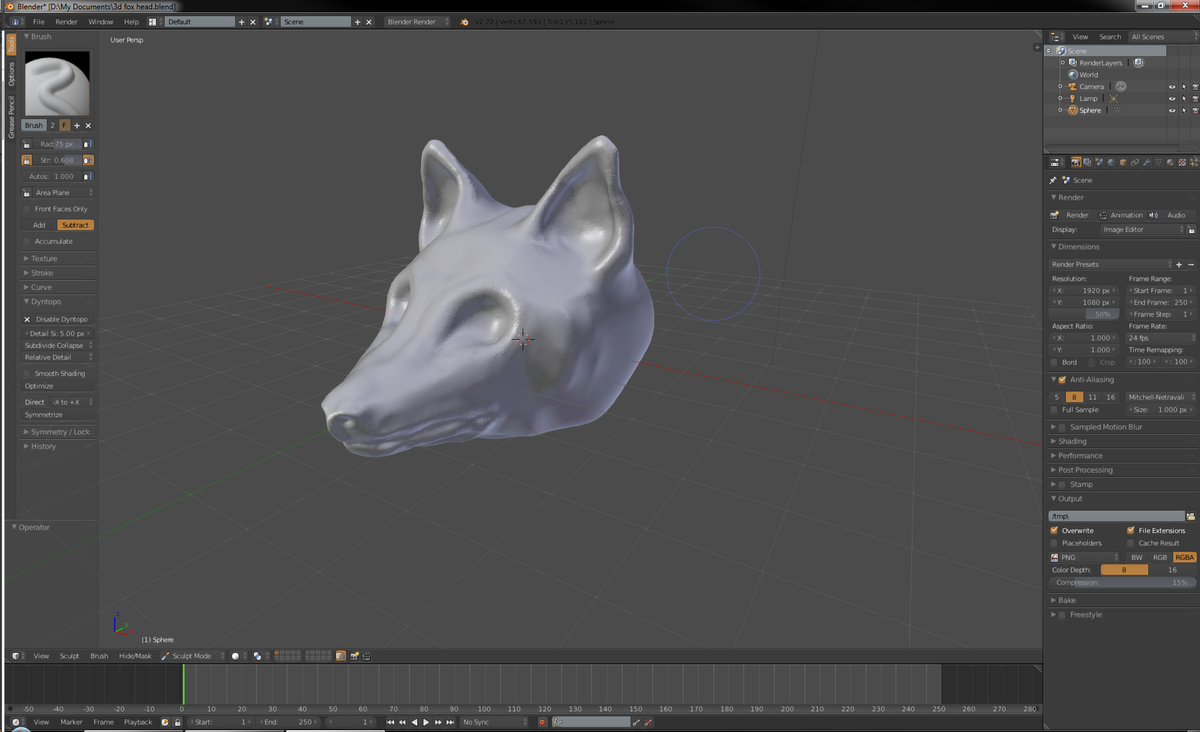
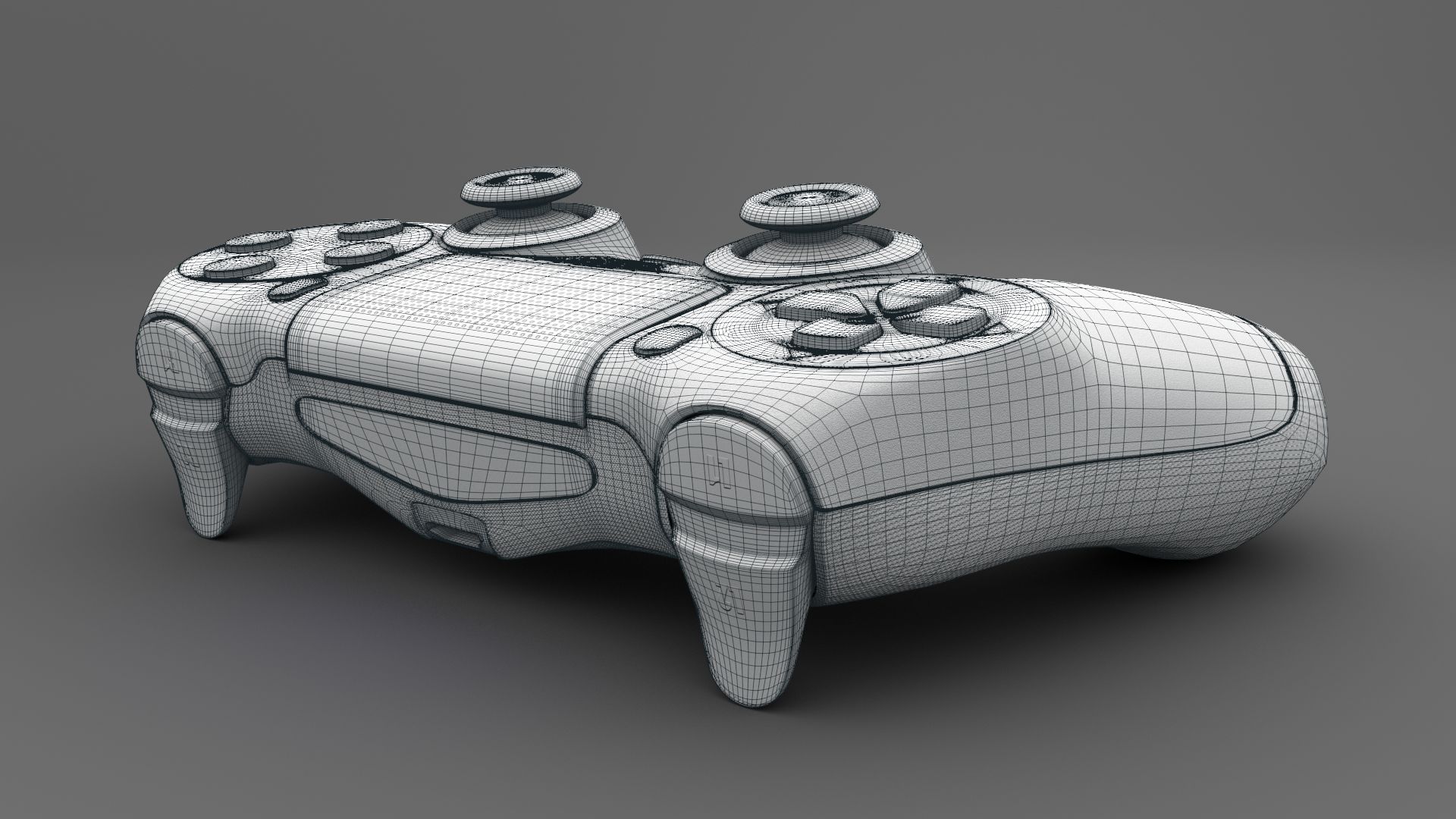

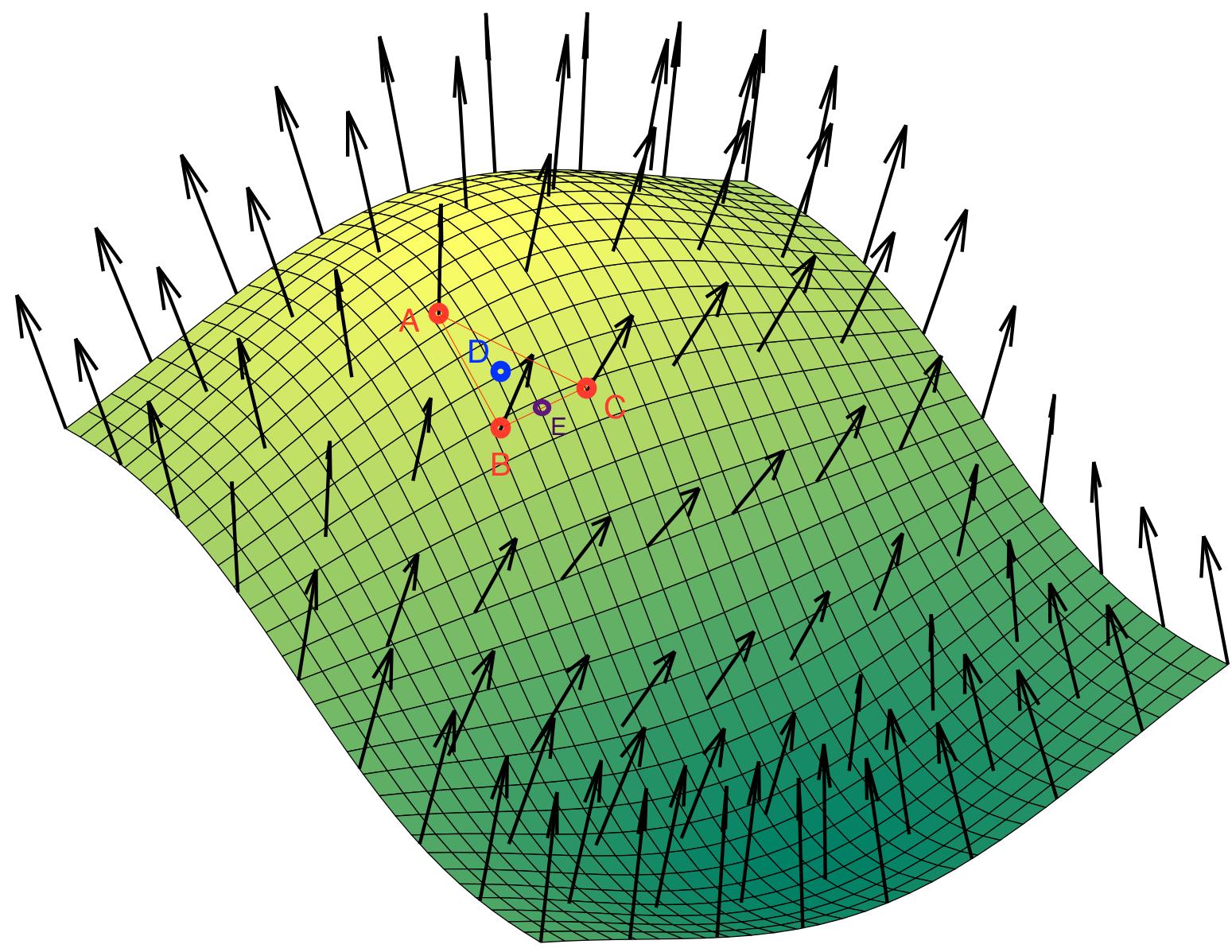
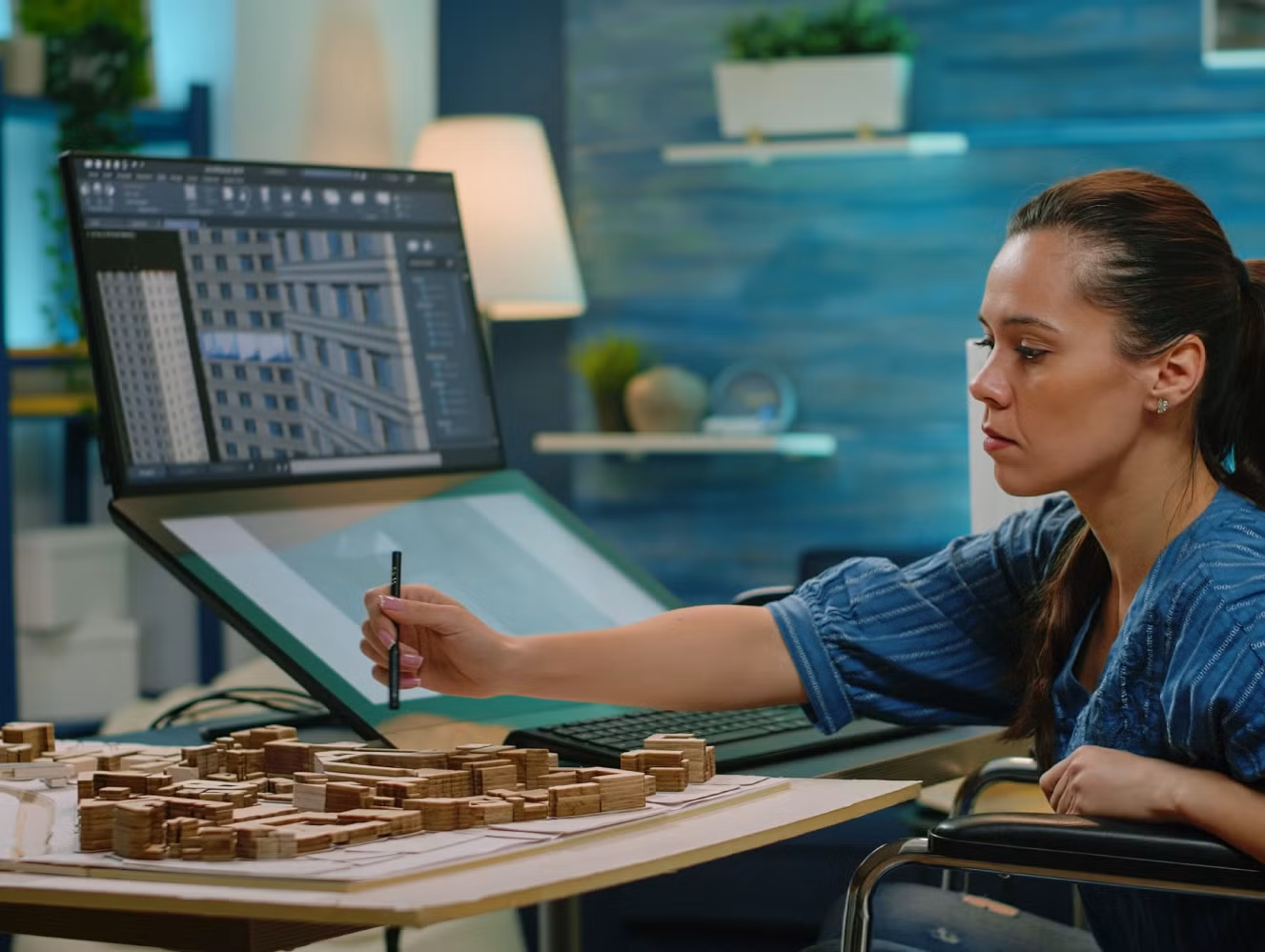
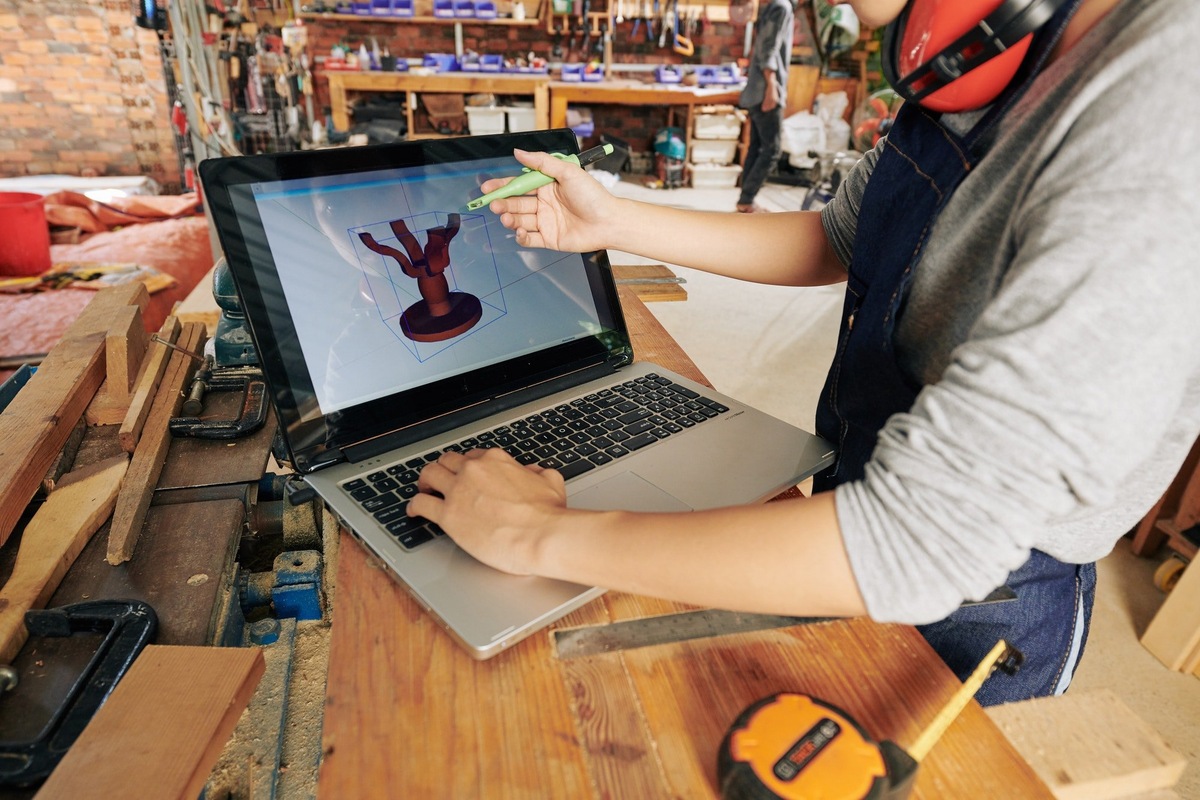
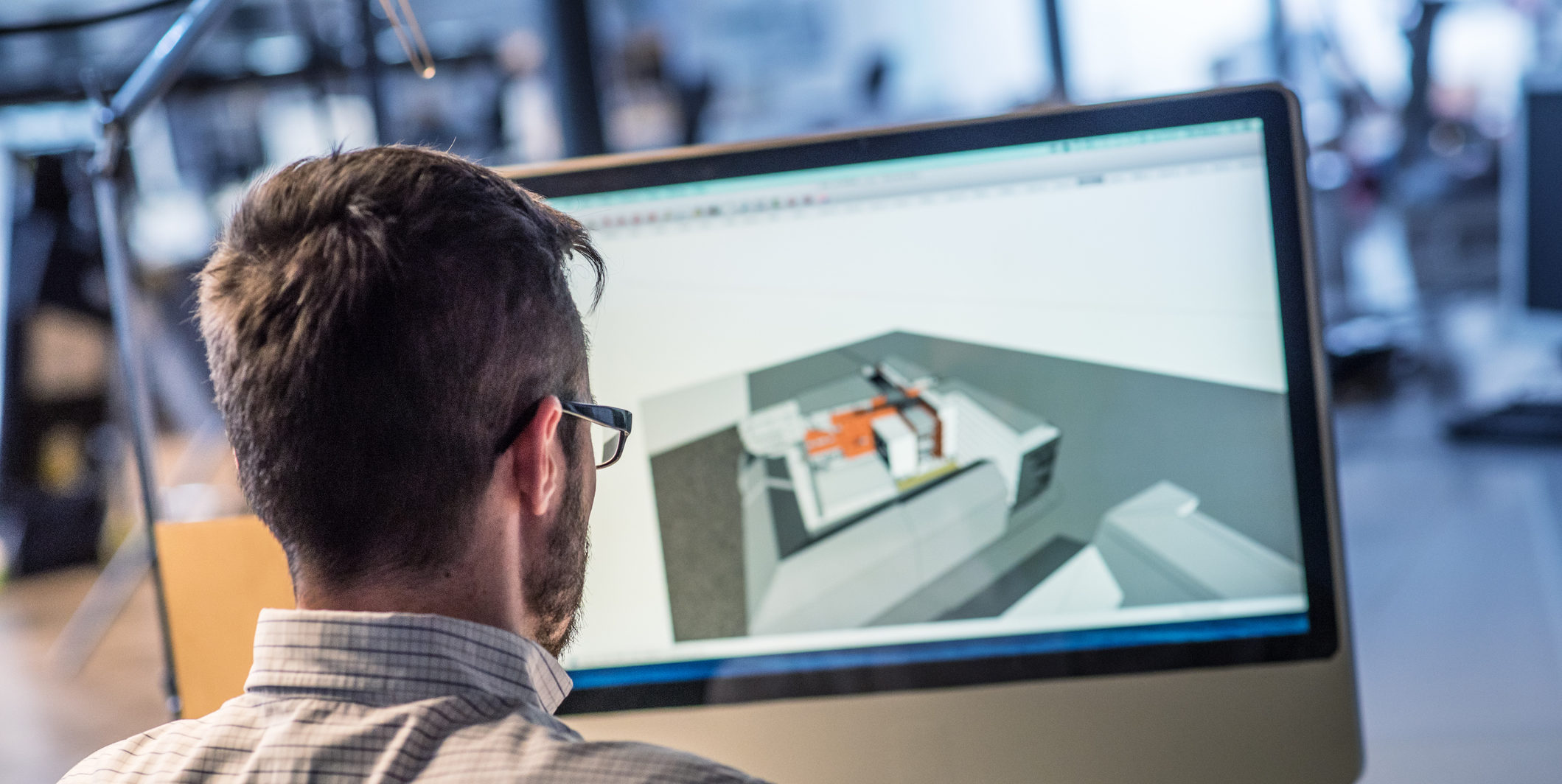
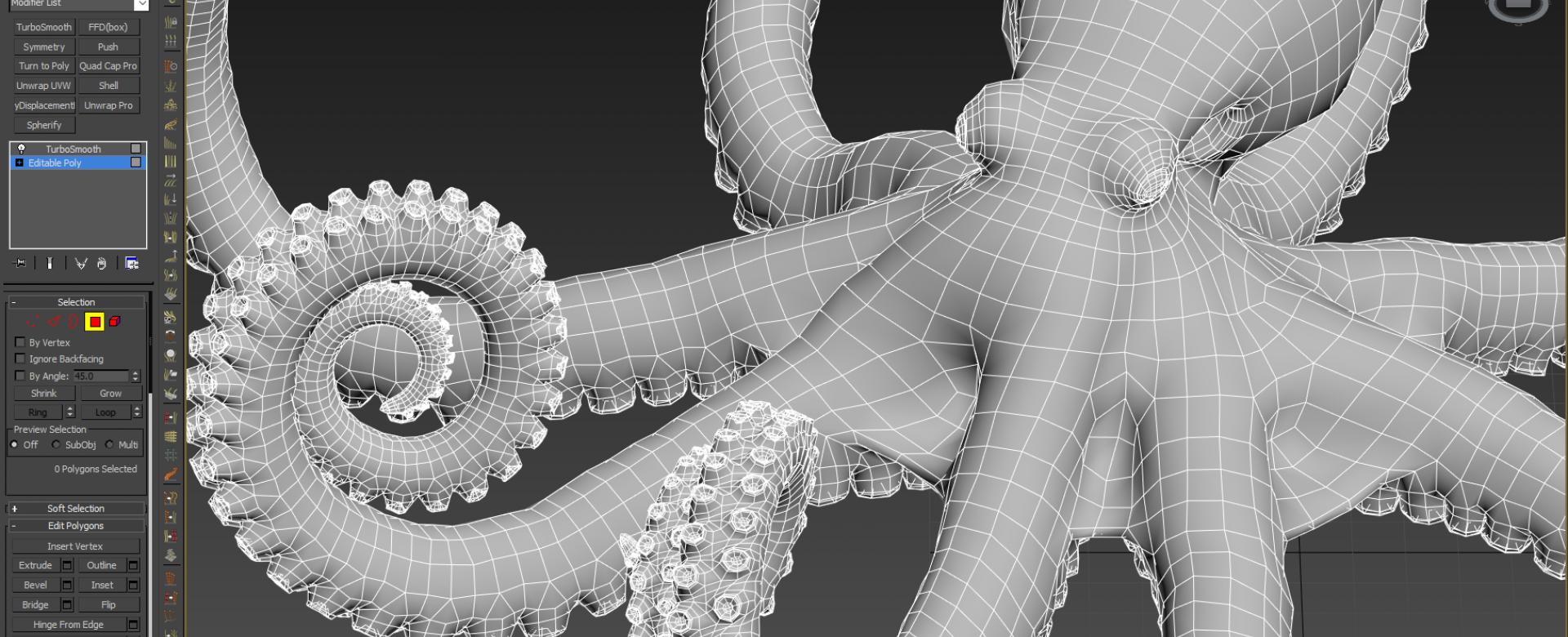
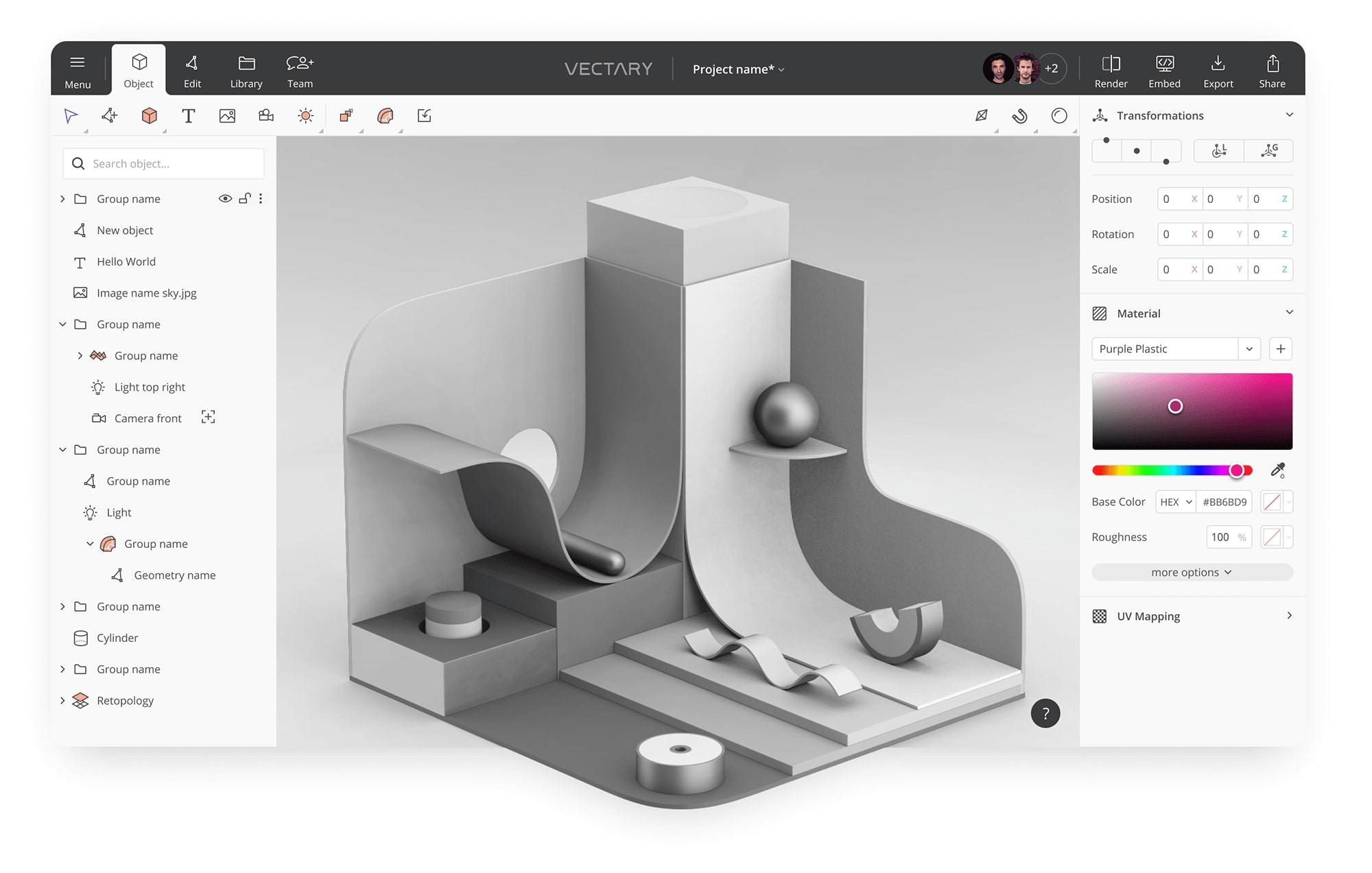
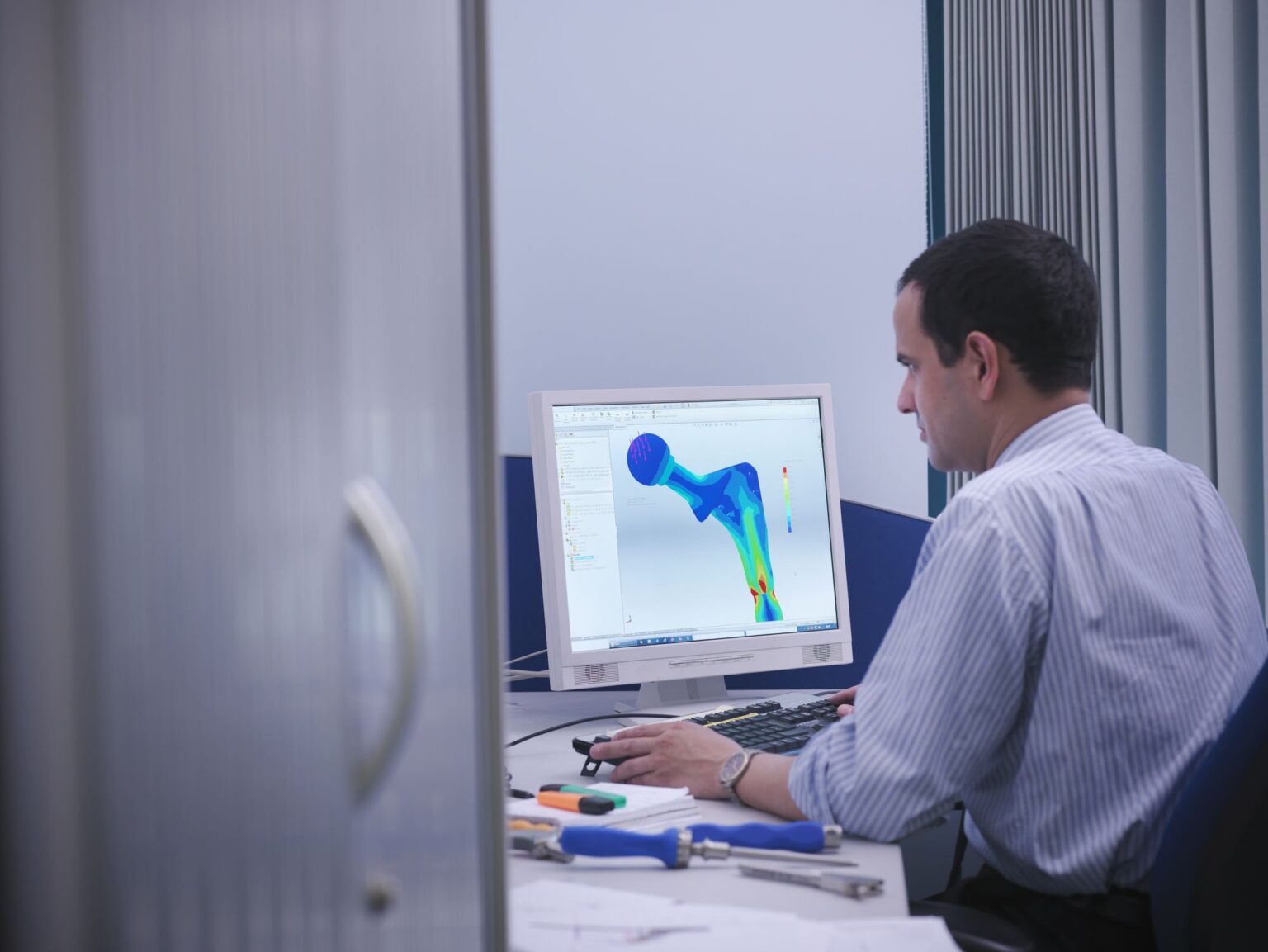
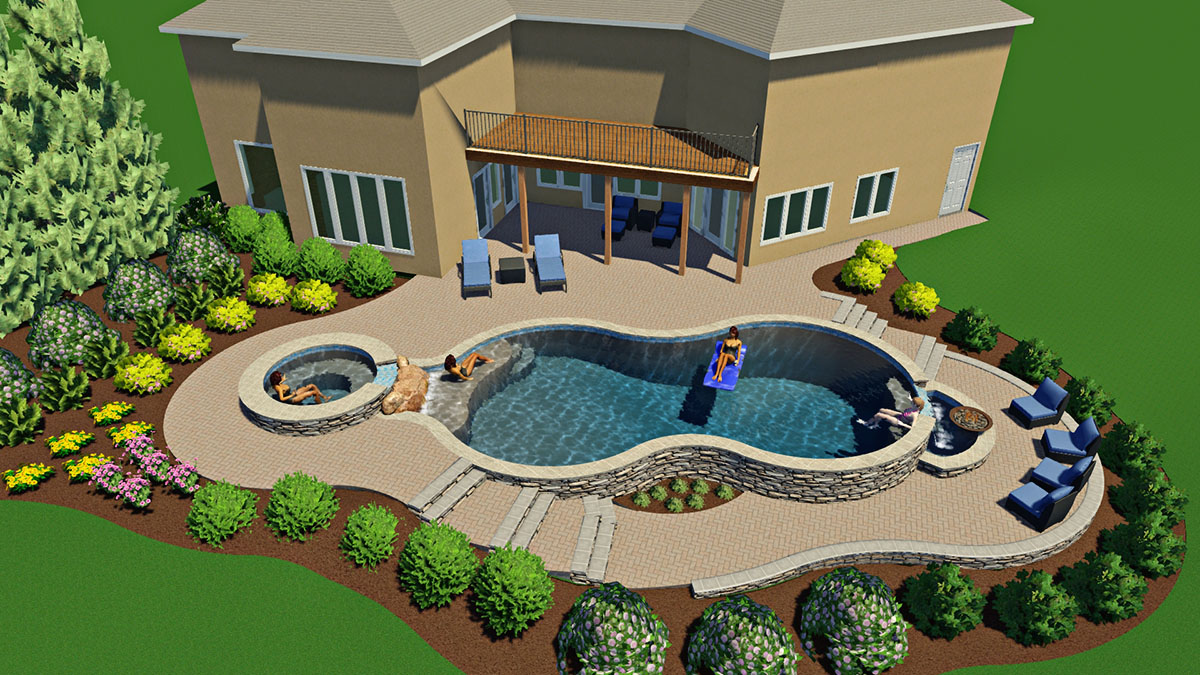
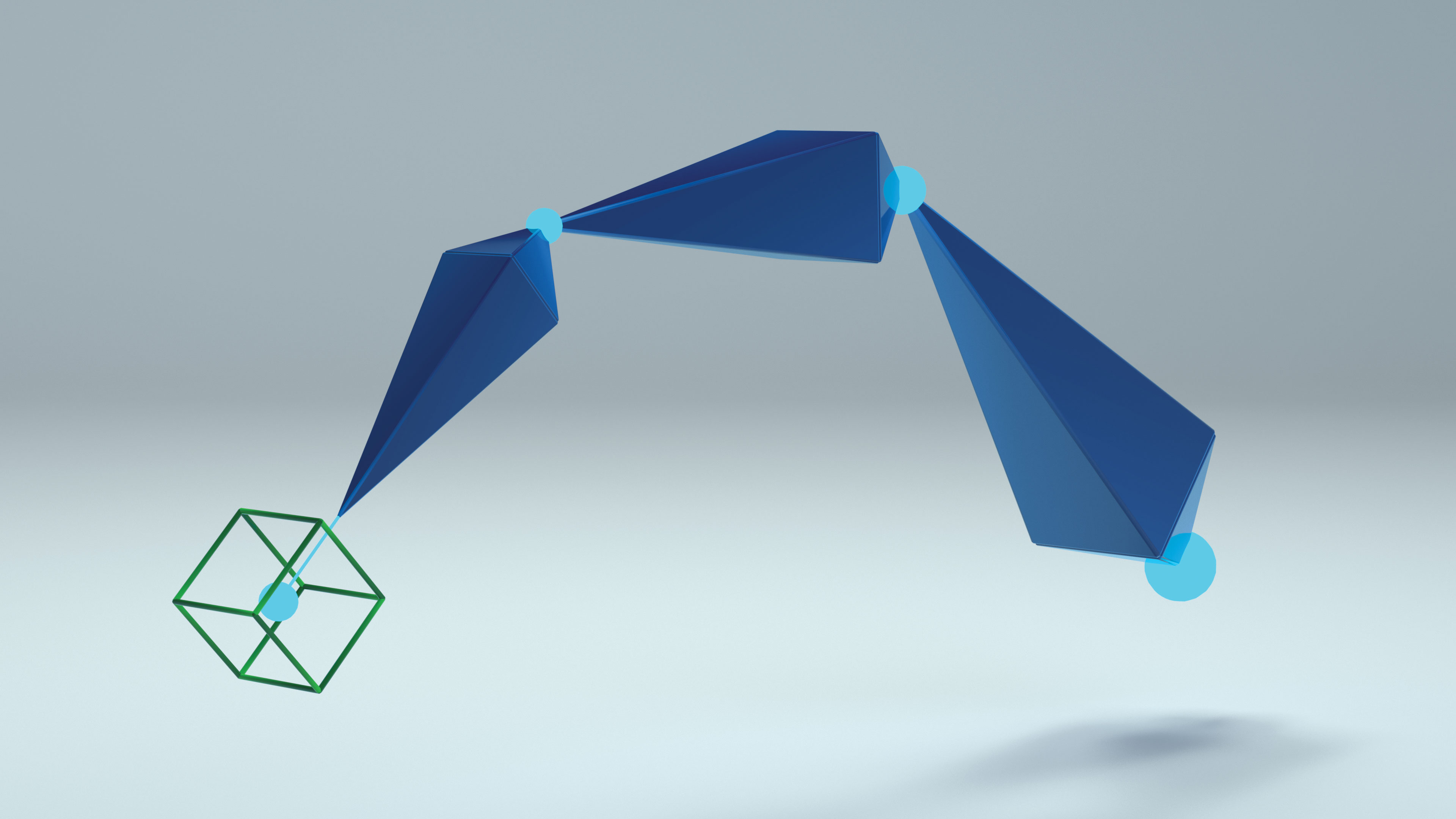

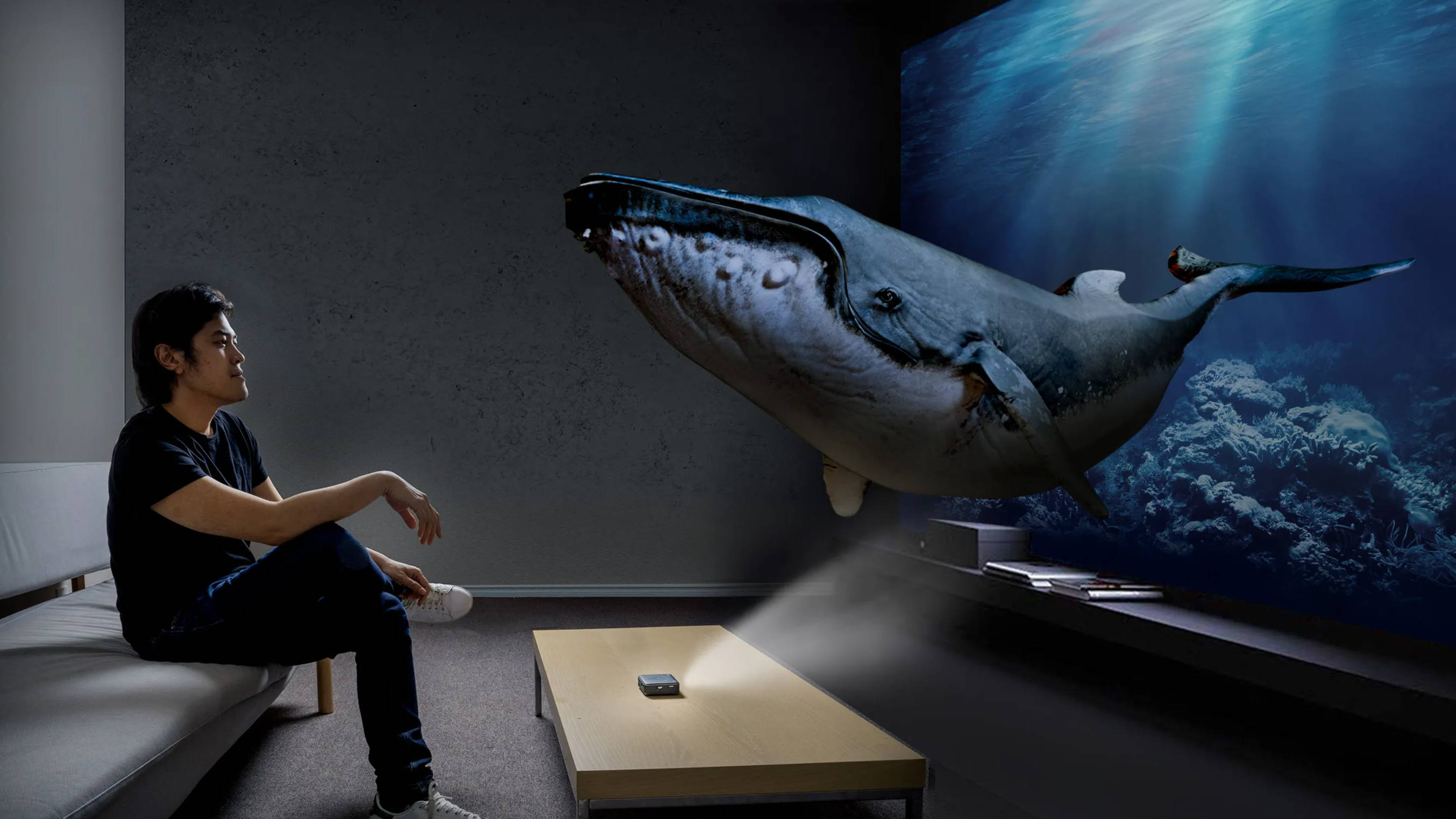

0 thoughts on “Who Invented 3D Modeling”